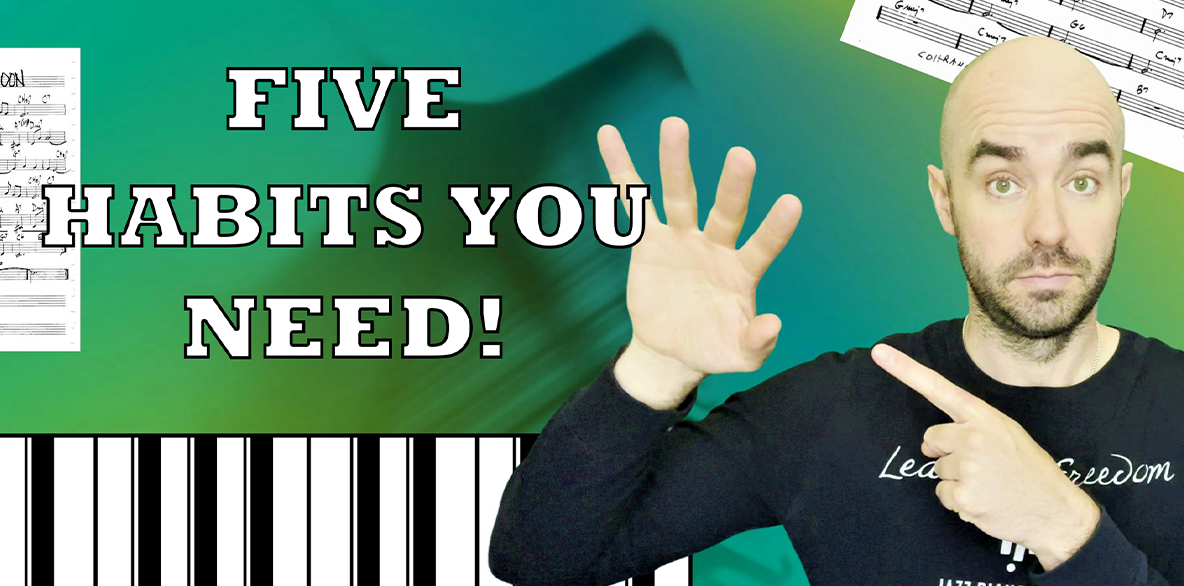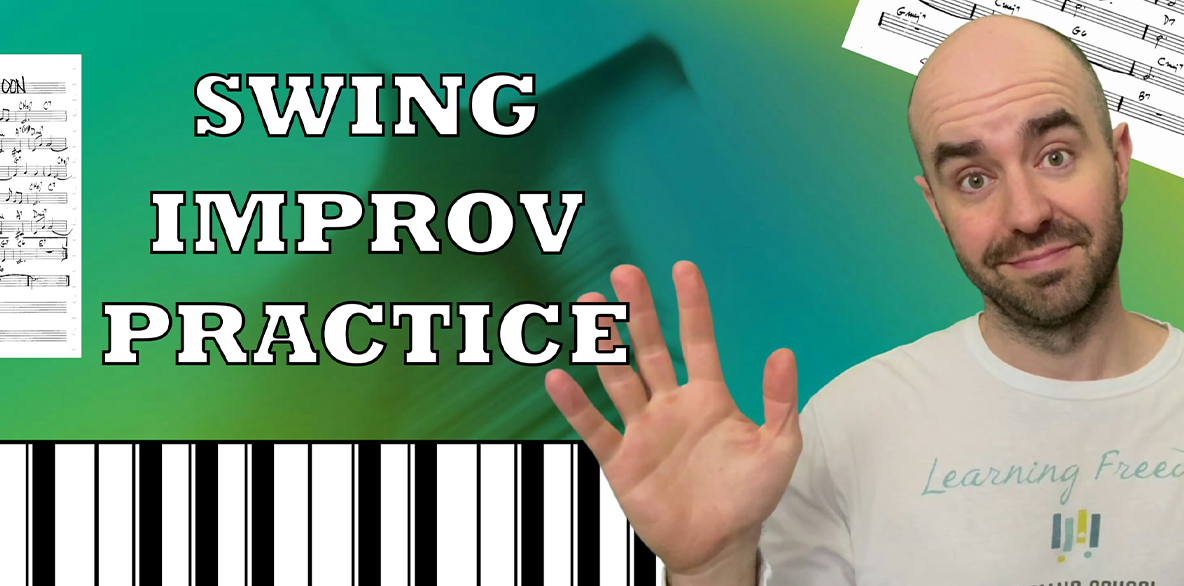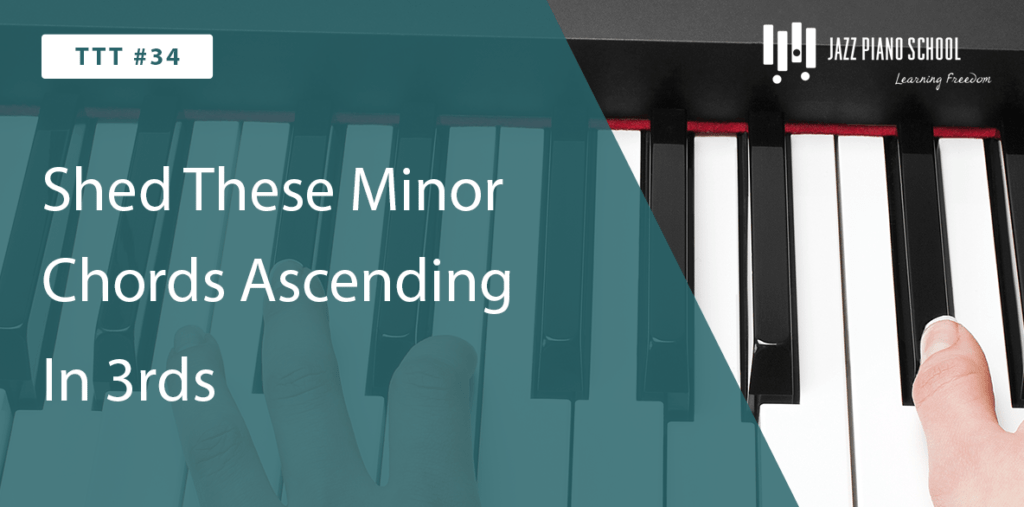By Joanna Sabater
Let’s talk about a wonderful album called Motion by the great saxophonist Lee Konitz. Motion features the following musicians:
Lee Konitz – Alto Saxophone
Elvin Jones – Drums
Sonny Dallas – Bass
Do you notice anything interesting about this lineup? There’s no piano! Although the piano is an extremely important instrument, listening to groups that don’t have a piano (or other chordal instrument) can provide you with a lot of insight towards different ways of creating unique textures. Your first job is to buy this album and listen to it at least once all the way through. Go! Do it now!
Who is Lee Konitz?
My favorite part of this album is Lee Konitz’s playing (I am a huge Konitz fan). For those of you who have never listened to him he is an incredibly influential saxophonist that is probably most well known for his work with pianist, Lennie Tristano. He’s been on the jazz scene since 1945 and is still touring! His style of playing has evolved so much since his early work and he is always looking for new ways to play music.
Elvin Jones’ playing on this album is outstanding. His swing feel and the way he interacts with the group is pretty magical. Sonny Dallas, a name you might not have heard of, provides beautiful bass lines and stability for the group.
I Remember You
While listening to the first track “I Remember You” it can be hard to keep track of where the top of the form is. You have to listen really carefully to Sonny Dallas’s steady bass lines to keep track of where you are. Konitz and Jones are interacting a lot rhythmically, and Konitz is also playing a lot of eighth-note lines that go over the bar line.* If it weren’t for Dallas keeping a steady groove, it would be incredibly difficult to follow along with the form!
All Of Me
When you initially listen to the second track entitled “All of Me” you might notice that the melody is not the first thing that you hear. Instead you hear Lee Konitz solo. This is odd right? Normally in a small group, the melody is played first followed by solos, then the melody is played again. This is one easy thing that you can do with your own group in order to create a unique performance of a song (Konitz is famous for this!). The solos set the tone for the melody rather than the other way around. Konitz does this a lot with his groups and on this album, “Foolin Myself” and “I Remember You”, are the only tracks to actually start with the melody. Listen for all the different ways they start off their songs and try out a few the next time you’re at a jam session.
Playing Melodies
You should really listen for the way Konitz phrases the melody on “Foolin’ Myself”. He adds nuisances to the melody that make it his own. Instead of playing the melody note- for-note, he changes rhythms, and surrounds the melody with eighth notes. You should practice altering melodies on your own. You can make changes that are extremely subtle, but make it more interesting for the listener. Another great part about this track is the bass lines that Konitz plays behind Dallas’s solo. Normally a piano player might comp behind a bass solo or might even lay out. In this case Konitz creates a new color behind Dallas with bass lines that really add something to his solo. Practicing your bass lines and knowing when to use them can really help add something to the music!
Playing Over The Bar
*Playing over the bar line – Playing over the bar line means that the improviser is phrasing his lines in a way that the bar-lines do not dictate where the improviser will start or end his phrases. Rather than starting a phrase on beat one of a measure and ending it on beat 4 of the next measure, the improviser might start a phrase on beat 4 of one measure and end on beat 3 of a measure later on.
Play With This Album
In addition to listening and studying this album, use it as a piano play-a-long. Since there is no piano on the recording, assume that roll yourself! The changes for these standards are readily available, and you should play along with these tracks. Find ways of comping for Lee that doesn’t involve playing at the same time as him. Find ways of playing longer comping sounds that don’t impede on the soloists. A lot can be gleaned from listening to and playing with Motion















One Response
Nice review of a most interesting lp! So what do you folks think about Elmo Hope (the most underrated jazz pianist of all time) and of Eddie Costa (the most interesting jazz pianist of all time?